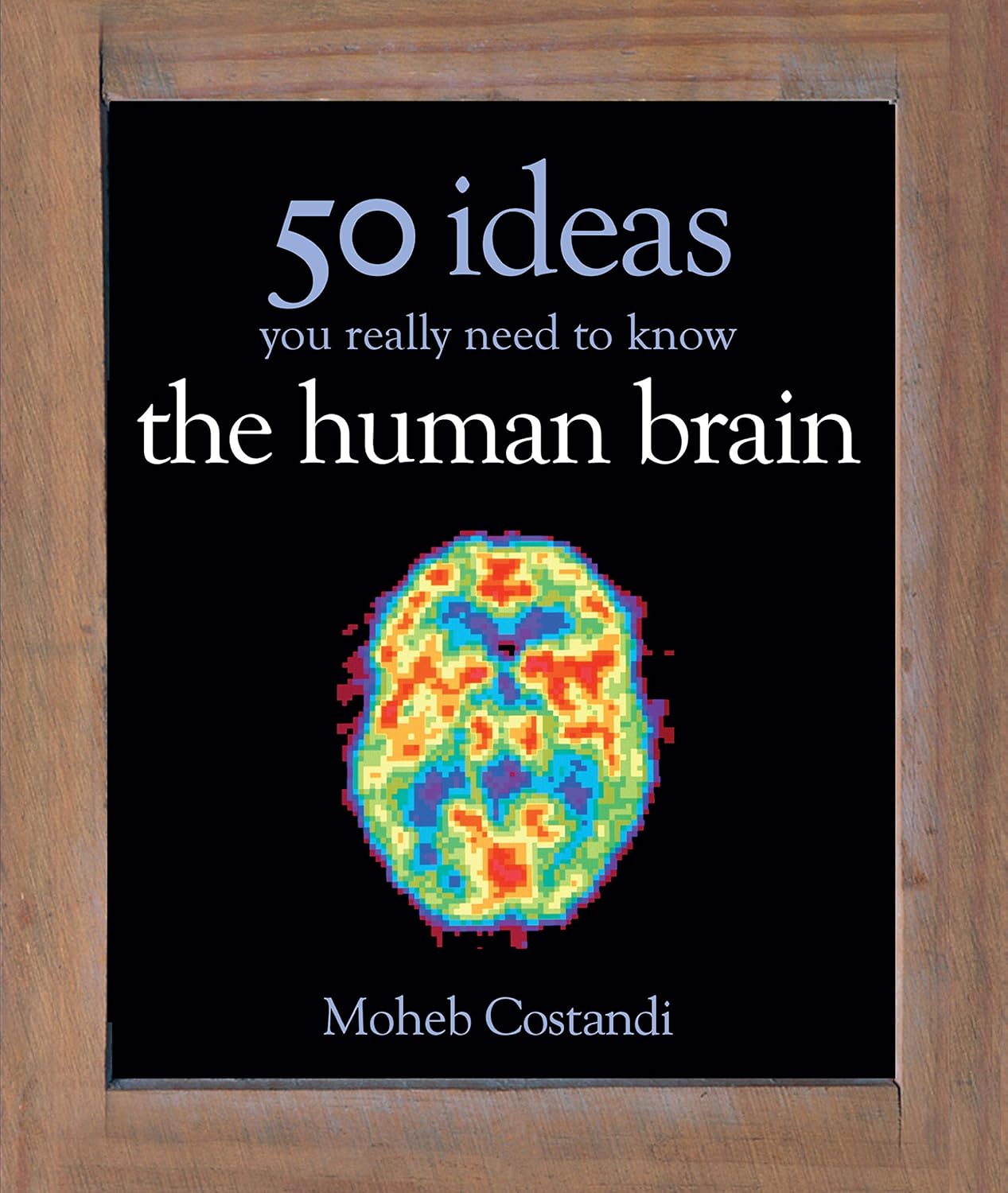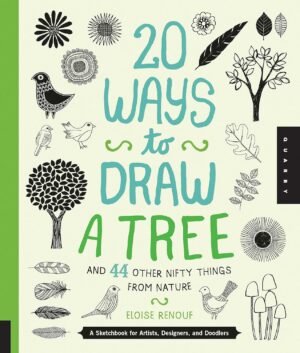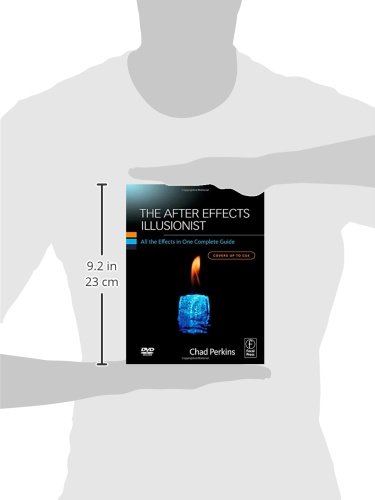Neuroscience is one of the most fascinating and complex areas of scientific research, with new advances being made every day. In 50 Human Brain Ideas You Really Need to Know, Mo Costandi condenses all we know about the brain and how it works into series of introductions to the most important concepts.
Outlining both long-standing theories – such as the function of neurons and synaptic transmission – and cutting-edge ideas – including neuroethics and brain-computer interfacing – with straightforward narrative and clear two-colour illustrations, this book is a perfect beginner’s guide to the most powerful and mysterious organ in the body.
The ideas explored include: The nervous impulse; Differences between the male and female brain; The root of addiction; Neurobiological basis for personality; The relationship between sleep and memory.
Read more
56 reviews for 50 Human Brain Ideas You Really Need to Know (50 Ideas You Really Need to Know series)
Add a review

$2.99








John Zbornik –
Unfortunately there is no mention of Donald Hebb. It must of been intentional.
D. Smith –
This book provides the layman with an up-to-date and non-technical introduction to the neuroscientific study of the brain, looking at what is known and what is still to be discovered. The chapters are in short, easily-digested chunks that are relatively self-contained.
Spenta Mainyu –
Moheb Constandi’s 50 Human Brain Ideas You Really Need to Know provides a good cursory overview of the various subjects generally covered in a Neuroscience B.S. program. I recently fulfilled my university’s Neuroscience B.S. requirements, and this book felt like a good refresher. Costandi does a good job covering the important elements of Neuroscience, such as synaptic transmission and memory. However, the minimal number of diagrams and pictures may leave many readers confused. For example, by providing a picture of a synapse with neurotransmitters released from the pre-synaptic neuron to bind the post-synaptic neuron’s receptors, in order to activate ionotropic channels permitting ions and current to flow in, with a description explaining its merits, many readers would better comprehend the mechanism of action of neurotransmitters and their significance. Costandi does a good job explaining the reversal of charges (i.e., depolarization) that allow for action potentials, once it reaches its threshold, but without diagrams or figures, this may confuse many readers. Moreover, not many anatomical pictures of the brain are given for reference, and this may make the book hard to follow. Regardless, I felt Costandi’s writing style was lucid and conveyed substantial information.
I like how he attempted to avoid biases by covering a wide array of Neuroscientific research techniques. He does a good job succinctly enumerating the functions, uses, benefits, and limitations of various neuroimaging technologies (e.g., EEG, PET, fMRI, MRI, TMS, and etc.) in research. Many popular Neuroscientific books, such as VS Ramachandran’s recent one, tend to have evident biases and emphasize on only a few modalities. Granted, I feel Costandi could have taken a couple chapters out (e.g., Decision-making and Executive Function feel kind of redundant) and replaced them with more important chapters mentioning the molecular techniques such as immunohistochemistry, various staining protocols, cellular electrophysiological measuring techniques like voltage-clamp method, plus-maze or Morris water maze test employed to measure procedural or episodic memories in rats, importance of the hypothalamus in neuroendriconology, and the enteric nervous system’s influence on the brain’s mood. While it’s over-demanding to expect all of those topics listed covered, I would think the recent research in the enteric nervous system warrants a chapter on it (ask in comments section for important published articles). As an example, Constandi could have taken the chapter Executive Function out and replaced it with a chapter named “Research Techniques in Cellular and Molecular Neuroscience” and discussed a lot of pertinent topics. To Costandi’s credit, Neuroscience has no established “standard model”, like the Standard Model of Physics, of how the human brain works as a whole or how the different scales of analysis (i.e., microscopic, mesoscopic, and macroscopic) ultimately connect, so choosing what topics to delve into is already difficult to begin with. I feel as, a whole, he chose a good variety of topics.
Sadly, there are no citations for Costandi’s claims!! One is forced to search phrases on Pubmed in hopes of finding the published studies underlying many of the book’s points. For example, I want to see the statistics of the adolescent study that suggests “areas nearer the back of the brain, such as those involved in vision, are upgraded relatively early on, while the prefrontal cortex, located behind the eyes, does not reach fully maturity until the late 20s or early 30s” (138). Without providing references, I cannot read more into the subject matters that interest me, and therefore, I cannot inspect the validity of the methodology or statistics used in order reject the null hypotheses. Costandi constantly mentions about the findings of research, and it becomes annoying as one increasingly wants to look into many of them. The chapters on Neural Stem Cells and Epigenetics were fascinating, and I would have greatly liked to read the numerous referenced studies on my spare time, since my Neuroscience classes did not really cover them in-depth. On his actual blog, Costandi does hyperlink published journal articles, so this leads me to believe Quercus requested no footnotes/citations and few diagrams as a way to conserve space.
It’s important to note, without citations, the book is of little to no value for the experienced Neuroscientist. The other perceived issues are secondary to this. I would have given the book a five star if it provided citations, and the omission of them is serious, leading me to give it a 4/5. Moreover, Neuroscience is a vastly growing field and one does not expect Costandi to comprehensively cover everything, so my issues with some of the chosen subject matter, at the expense of others, and the scant diagrams really aren’t that big. Therefore, I recommend this book only to people interested in exposing themselves to the barebone basics of Neuroscience. I believe every social scientist or liberal arts major should have some exposure to Neuroscience, and this book does an adequate job in giving it. Ultimately, for people who are truly interested in Neuroscience, I recommend reading Unit I of Purves’ Neuroscience, Fifth Edition in order to learn the essential information of cellular neurophysiology, that all Neuroscientist of every avenue of research should know, and then move onto the specialized subject matters that interest you (e.g., Computational Neuroscience, Neuroimaging protocols, Neurobiology of Memory, etc.).
S. Snipes –
Non è eccezionale, e ho preferito il libro sulle 50 idee della psicologia. Per quanto meno costosa, sconsiglio il formato e-book. é fatto male, e comunque la versione cartacea ha un certo charm.
RAM –
Covers the subject well. Could have more detailed diagrams
Dunx –
As a Psychologist interested in neuroscience I find Mo’s book succinct, knowledgeable and to the point.I find that from time to time the BBC ask me to guest their radio programs and this technical stuff can be a little intimidating for the listeners. This book is an excellent aid memoir and offer detailed information in aa condens3d way, if that makes sense. An excellent buy.
Laurent –
Book is very interesting and easy to read as it is divided in 50 stories each 2-3 page long
Book arrived on time and in perfect condition
-Dr. D.L.C. –
A lil’s slow on shipping, but otherwise they’re ok.
Jorge Amorim –
It’s a very good book for begginers in the “brain-mind” field. After this you can dive in more complex books.
Austin Gallaher –
This is the best introductory guide on the brain I have come across. It is both precise and concise. There are fifty topics ranging from Synaptic Transmission to Neuroscience and the Law. Each topic is covered in three or four pages. At the end of each section there is a “condensed idea” summary that restates the principal idea of the section in a single phrase. Moheb Costandi, a neuroscientist turned science writer, is to be congratulated!
W Sohn –
Well written. Content is good both for novice and experts who wants to widen general knowledge in neuroscience. Good design as well.
MAALS –
great book, I highly recommend it for everyone in the field.
I love the organization, concise contents and useful topics.
its like taking you in a short trip in neuroscience